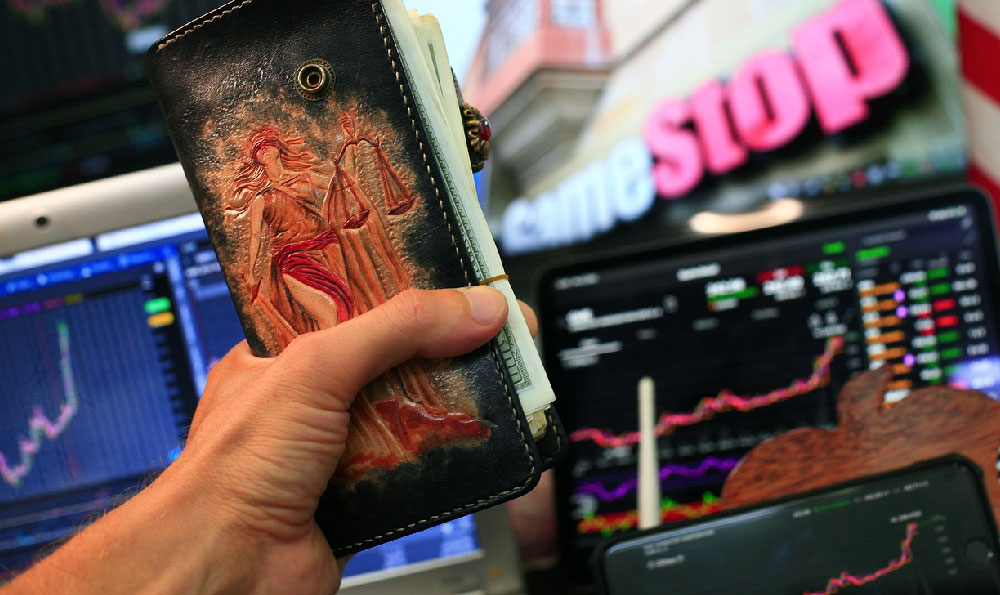Forex trading, the global market for exchanging currencies, presents a unique opportunity for investors to capitalize on fluctuations in financial markets. Unlike traditional stock trading, this arena operates 24 hours a day, five days a week, offering a level of accessibility that can be both advantageous and challenging. The question of profitability often looms large in the minds of those new to forex, and the answer lies not merely in a yes or no but in understanding the intricate interplay of strategy, discipline, and risk management. For those who approach this field with a calculated mindset, forex can indeed serve as a vehicle for substantial returns, but the path is riddled with pitfalls that demand careful navigation.
The foundation of any successful forex strategy begins with a deep comprehension of market mechanics. At its core, forex trading involves buying one currency while selling another, derived from the interbank market where banks, financial institutions, and large traders exchange currencies. This market is driven by a complex tapestry of factors including economic indicators, geopolitical events, central bank policies, and even shifts in investor sentiment. For instance, a decision by the Federal Reserve to raise interest rates can trigger a ripple effect across currency pairs, with the US dollar typically appreciating against other currencies. Conversely, inflationary pressures in a country may lead to depreciation of its currency, creating opportunities for traders who can anticipate these movements.
A critical element in exploiting these opportunities is the mastery of technical analysis. Traders who employ this method rely on historical price data and chart patterns to predict future market behavior. Tools such as moving averages, the Relative Strength Index (RSI), and the Moving Average Convergence Divergence (MACD) are indispensable for identifying trends and potential reversals. A well-executed strategy often involves combining multiple indicators to corroborate signals. For example, a trader might look for a bullish engulfing pattern on a daily chart, which suggests a potential reversal from a downtrend, while confirming this with a rising MACD line and a positive divergence between price and the RSI. However, technical analysis should never be viewed in isolation, as it is most effective when integrated with fundamental analysis, which examines broader economic factors like GDP growth, employment data, and trade deficits.

Profitability in forex trading also hinges on the ability to manage risk with precision. Every trade carries the potential for loss, and a robust risk management framework is essential to preserve capital and sustain long-term success. A common approach is to implement strict stop-loss orders, which limit the maximum amount of risk per trade to a predetermined percentage of the trading account. For example, a trader might set a stop-loss at 2% of their capital, ensuring that even a single trade can't deplete their portfolio. Additionally, position sizing plays a pivotal role in risk mitigation, with the principle of never risking more than a small fraction of the account on any single trade. Diversification across multiple currency pairs further reduces exposure to any single market event, as currency movements are not always correlated.
The psychological dimension of forex trading often determines the outcome of an investor's journey. The market's volatility can evoke strong emotional responses, with greed compelling traders to hold onto winning positions too long and fear driving them to exit losing trades prematurely. Overcoming these impulses requires cultivating a mindset of discipline and objectivity. A trader who can separate emotions from data-driven decisions is more likely to adhere to their strategy, even during periods of market uncertainty. This psychological resilience is often cultivated through consistent practice, the development of a trading plan, and the ability to accept that not every trade will be successful.
Long-term profitability in forex trading also depends on the continuous refinement of strategies. The market is ever-evolving, influenced by technological advancements, regulatory changes, and shifts in global economic conditions. Traders who remain adaptable and open to learning are better positioned to navigate these changes. For example, the rise of algorithmic trading has transformed market dynamics, necessitating a shift in strategies that incorporate automation and quantitative analysis. Similarly, the emergence of new financial instruments, such as cryptocurrencies, has introduced additional layers of complexity, requiring traders to expand their knowledge beyond traditional forex pairs.
A significant factor in achieving consistent returns is the alignment of strategy with market conditions. Bullish and bearish trends can dominate different periods, and a trader who can recognize these phases is more likely to execute profitable trades. During a bullish trend, a long-term strategy of holding positions with calculated stop-losses can yield substantial gains, while during a bearish trend, a strategy that focuses on short-selling with precise entry and exit points becomes essential. However, this approach should always be complemented with the flexibility to adjust to unexpected market developments, such as sudden geopolitical shocks or central bank interventions.
The profitability of forex trading is not limited to seasoned professionals, as even novice traders can achieve success through structured approaches. However, this requires a commitment to education, practice, and the development of a clear understanding of market dynamics. Launching a forex trading journey should begin with a comprehensive study of the market, followed by the identification of a trading style that aligns with personal goals and risk tolerance. Whether one prefers a scalping strategy that capitalizes on intraday movements or a swing trading approach that targets medium-term trends, the key is to execute trades with a well-defined plan and the discipline to follow it.
Ultimately, the ability to generate profits from forex trading is both a science and an art, requiring a blend of analytical skills, strategic foresight, and emotional control. While the market is unpredictable, a trader who approaches it with a rigorous methodology, a keen understanding of risk, and a commitment to continuous learning is more likely to achieve long-term success. The journey is not without challenges, but for those willing to invest the time and effort, forex trading can offer a pathway to financial growth that is as rewarding as it is demanding.












